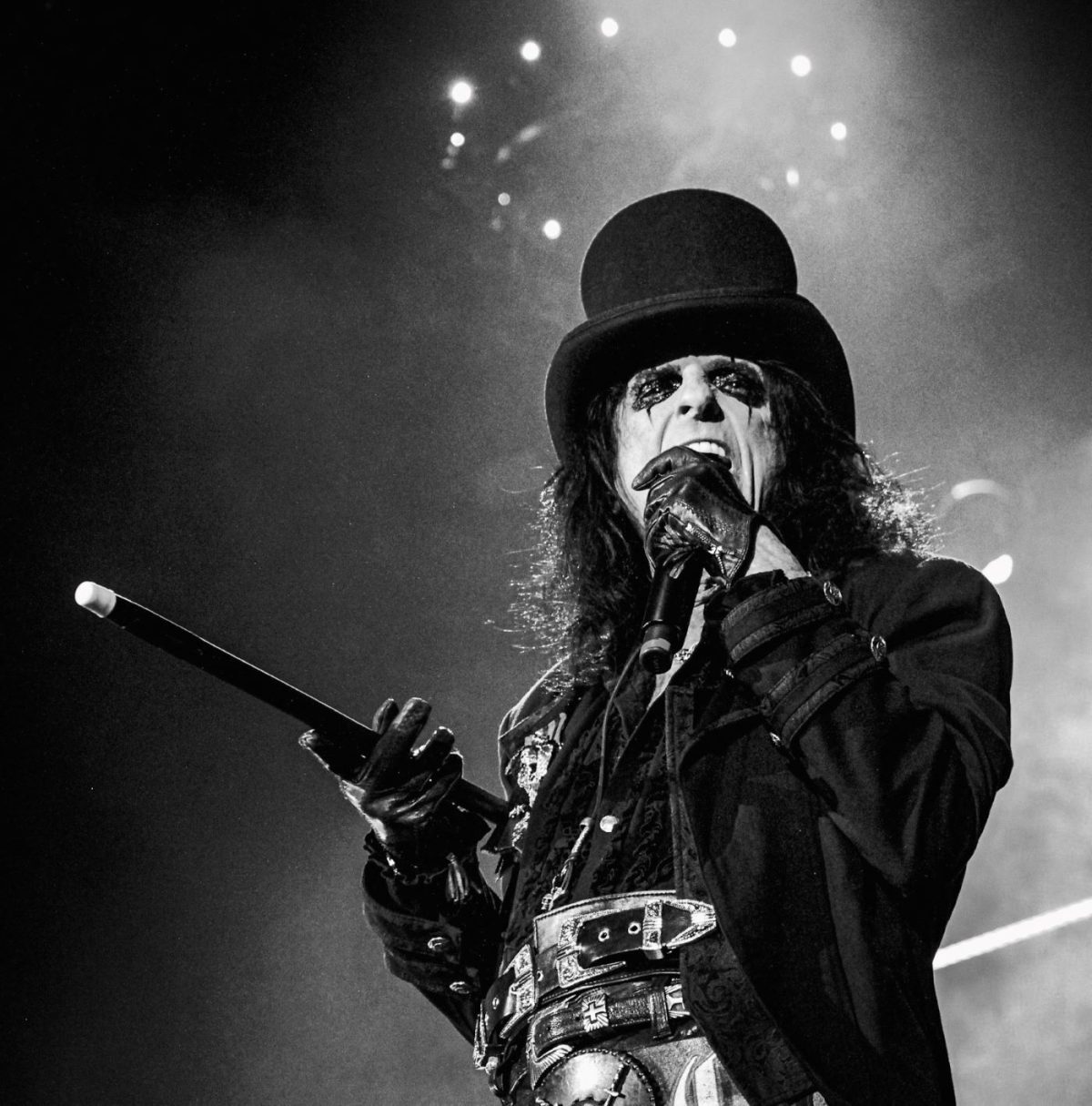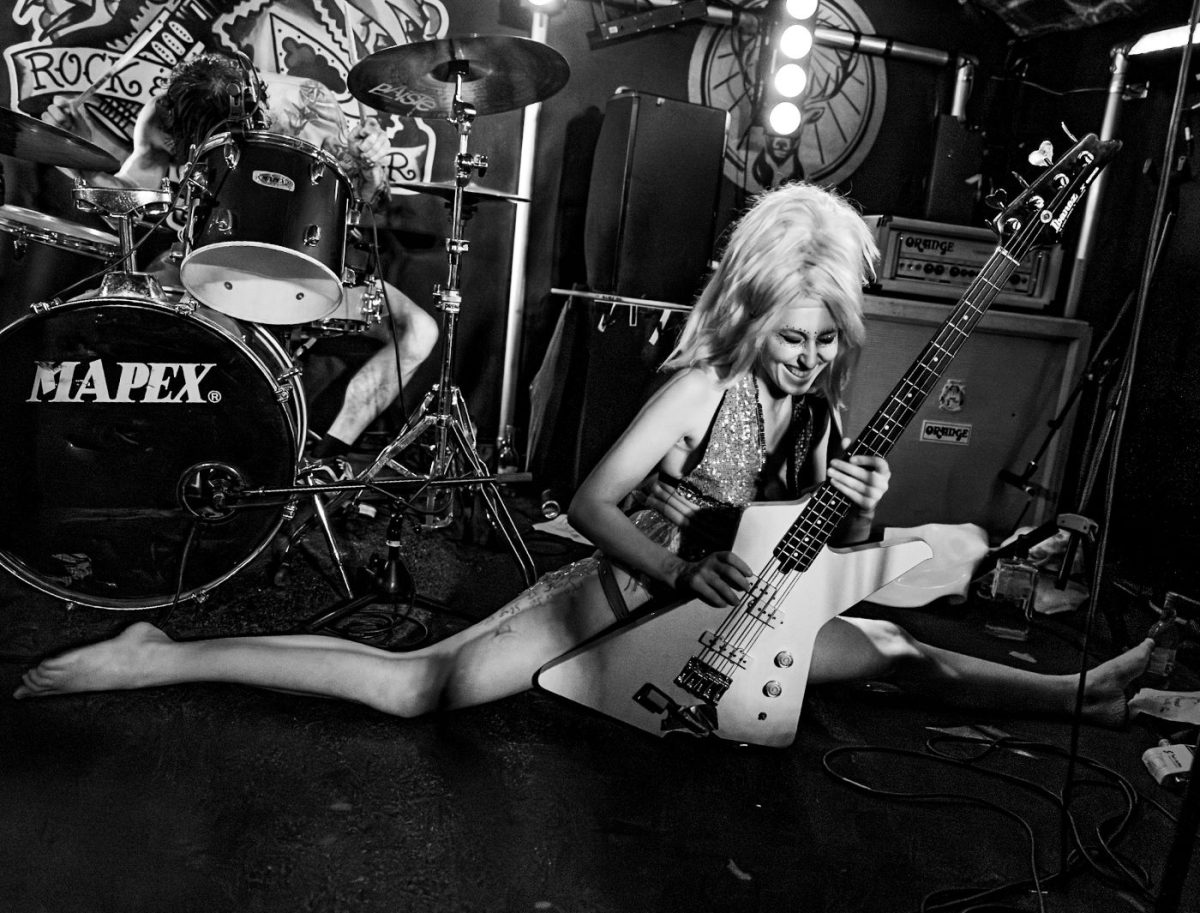Never let go of your dreams because nobody else is going to make them happen.
When John Scott was a child he harboured dreams of becoming a photographer. He roamed around his parents’ home and snapped pictures in his head. He had a talent for it which he thought of turning into a career. But life was busy making other plans.
Spool forward.
Fifteen years ago, Scott was gifted the present of a camera. He was back in a world of possibility. Scott was a desk-jockey but writing for various music mags and blogs. He decided to take his camera along to a few gigs.
So began Scott’s highly successful and celebrated career as a photographer.
But let John tell you all about it….
How did you get into photography?
John Scott: The three great passions of my life have been, and are still: music, the various bits of machinery that reproduce music, and photography. There were a few old broken cameras around the house when I was not much more than a toddler and I used to love looking through the viewfinder, making the shutter click and pretending to take photographs. Several years later Santa brought me a Kodak Instamatic camera for Christmas I became the documenter of family holidays and special occasions. In my mid-teens, I progressed to a SLR camera and joined a camera club.
As too often seems to be the case, the distractions of adulthood, not least marriage and raising a family, put my interest on hold for quite a long time until around fifteen years ago Santa did his thing again and brought me a small digital camera. I was feeling quite frustrated work-wise at the time and as I have the artistic abilities of a spectacularly ungifted two-year-old, I have never considered myself to be a creative person but being able to carry that camera around with me in my pocket and obtain some reasonably good photographs with it gave me a much-needed creative outlet and re-sparked my interest.
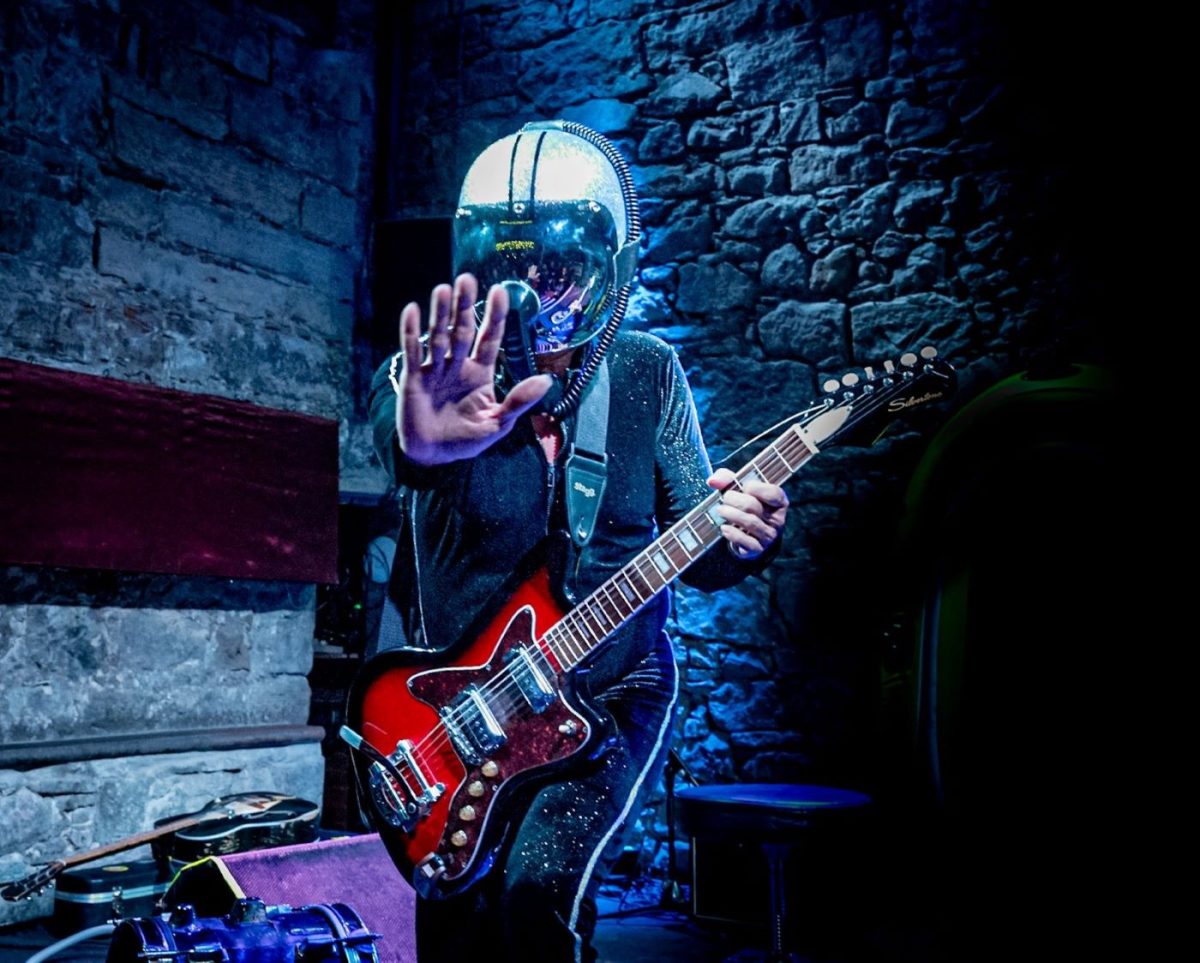
Bob Log III – The Caves, Edinburgh 2023.
What drew you to concert/music photography?
Scott: I have always loved music and live music in particular. Along with that love of music came a love of hifi equipment. Again, both of these things took a bit of a back seat until my children were older (Santa brought them guitars and drums and recording equipment but forgot to bring me any cameras or Hifi gear until they had left school). Luckily, a chance encounter with the editor of a Hifi review website, HiFi Pig, resulted in me writing music and hifi reviews. When out reviewing live gigs I used to watch the pro photographers at the front of the stage and think that it would be great to be able to do that. I wasn’t a professional photographer though, was I?
I was, however, writing for a recognised media outlet. Surely the worst that would happen if I requested a photo pass is that I would be refused. Fortunately, my request was approved and feeling like the fraud I surely was, I took my place with the pro togs at the front of the stage, who looked suspiciously at my level-entry DSLR. These days I have a much better camera and they speak to me now.
Who and what influences your photography?
Scott: I always think that the word “influence” suggests “copying” and I can honestly say that in the heat of a gig, trying to get the best shots I can, copying anyone else’s style never enters my head. That said, I started reading the weekly music papers – firstly Melody Maker then the NME – when I was thirteen years old. Not having much money for gigs or records as a schoolboy, I absorbed my musical knowledge through printed words and black-and-white photographs. Photographers such as Adrian Boot and Chalkie Davies defined the 1970s for me as Anton Corbijn would do later for the 1980s. They were the inspiration for me wanting to do what I do now.
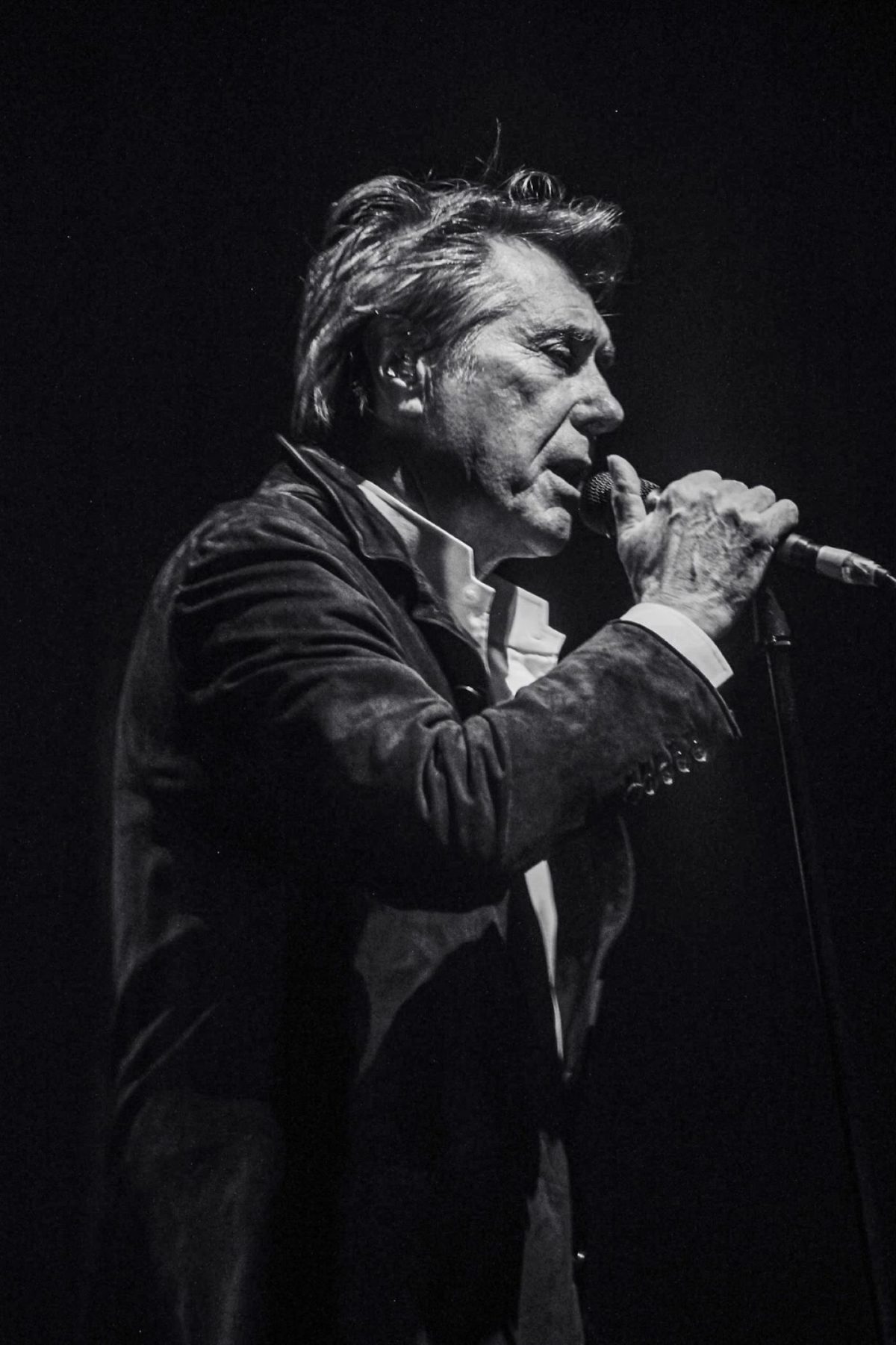
Bryan Ferry – Usher Hall, Edinburgh 2018.
What makes for a good photograph?
Scott: That’s a good question. Today’s technology means that anyone can pick up a camera and take a technically good photograph – people do it all the time with their phones. A good live music photograph doesn’t necessarily have to be technically good but I think it does need to capture the essence of the performer and the performance. I do believe that there is some sort of magic that happens inside a camera, you have to put a part of yourself into the photograph and be invested in the moment.
Tell me something about yourself. Background, work, career?
Scott: I have had a variety of mainly desk-bound jobs. Some more interesting than others but none of them with writing about. I am now partially retired which theoretically gives me more time for photography but I don’t seem to have quite worked out his to make that happen yet.
How do you work?
Scott: With live music photography, you learn very quickly that the only thing you have any control over is whatever it is you decide to do with your camera. Everything else: line of sight, lighting, how long you can shoot, for example, varies from gig to gig and venue to venue. No two gigs are the same. The standard protocol is that you can shoot during the first three songs only. This may be from a photo pit or it may be from the side aisles. The unwritten rule is that you don’t obstruct the view of paying punters. I always bear this in mind – I haven’t paid for a ticket and they have – but I learned the hard way that coming between Bryan Ferry and his ardent admirers for even twenty seconds will trigger a degree of opprobrium that would make a sailor blush.
I have learned to work within whatever restraints any particular gig presents. For a gig at a small club, I will want to be at the front of the crowd as there won’t be a photo pit. If the gig is sold out, I am likely to be stuck in whatever position I have chosen so it’s a good idea to get there early and read the stage to work out the best place to stand; it’s unlikely to be dead centre in the middle of the stage.
After the gig, I go through all the photos and discard the majority, looking for those that are worth keeping. These will then need some post-production. Strong red or blue lighting may look great on the night but it can kill definition in a photograph and no one wants to see a series of photographs where the lighting all looks the same. Spending a lot of time making colour adjustments is often a necessity. Some photos really come alive when converted to black and white. Others don’t but there is a range of creative decisions to be considered before the photo is “finished”.
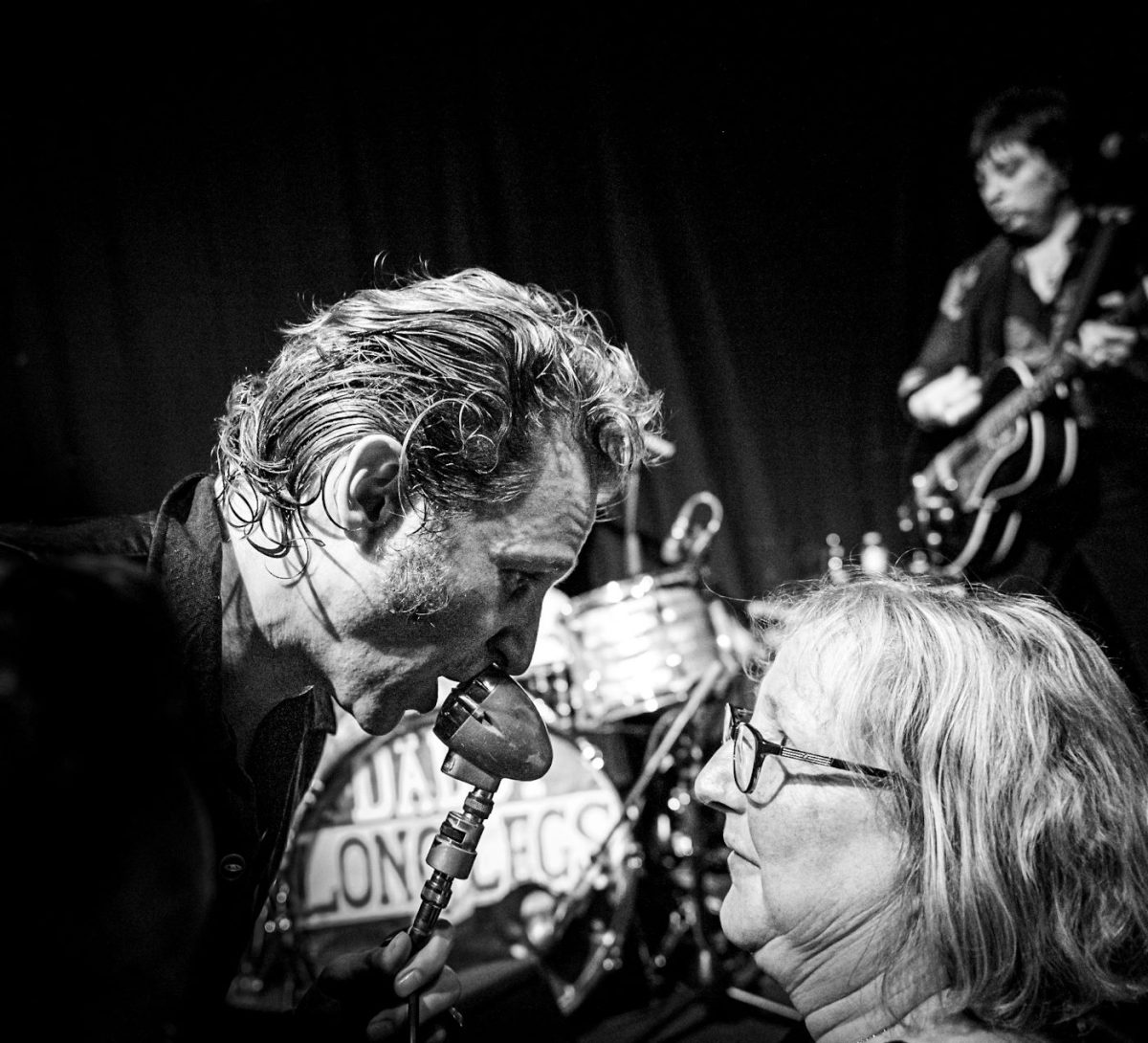
Daddy Long Legs -The Voodoo Rooms, Edinburgh 2023.
What are your own favourite photographs from your own work? What makes them special?
I have chosen three of my favourite photographs because they evoke special memories and the subjects are in one way or another all heroes of mine. I’ve been a fan of the band Gong since my early teens. I saw them in 2009 long before I started doing music photography but I had my little digital camera in my pocket. Daevid Allen, the Gong main man, was 71 at the time and fellow member Gili Smyth was 76 but the band absolutely rocked. At one point Allen left the stage to take a breather and I caught this shot of him at the side of the stage. Allen was a storyteller and a showman who hid behind several personas but I think this shot captured the real him. It is far from a good photograph technically, there is virtually no detail in it, but it makes me smile when I see it.
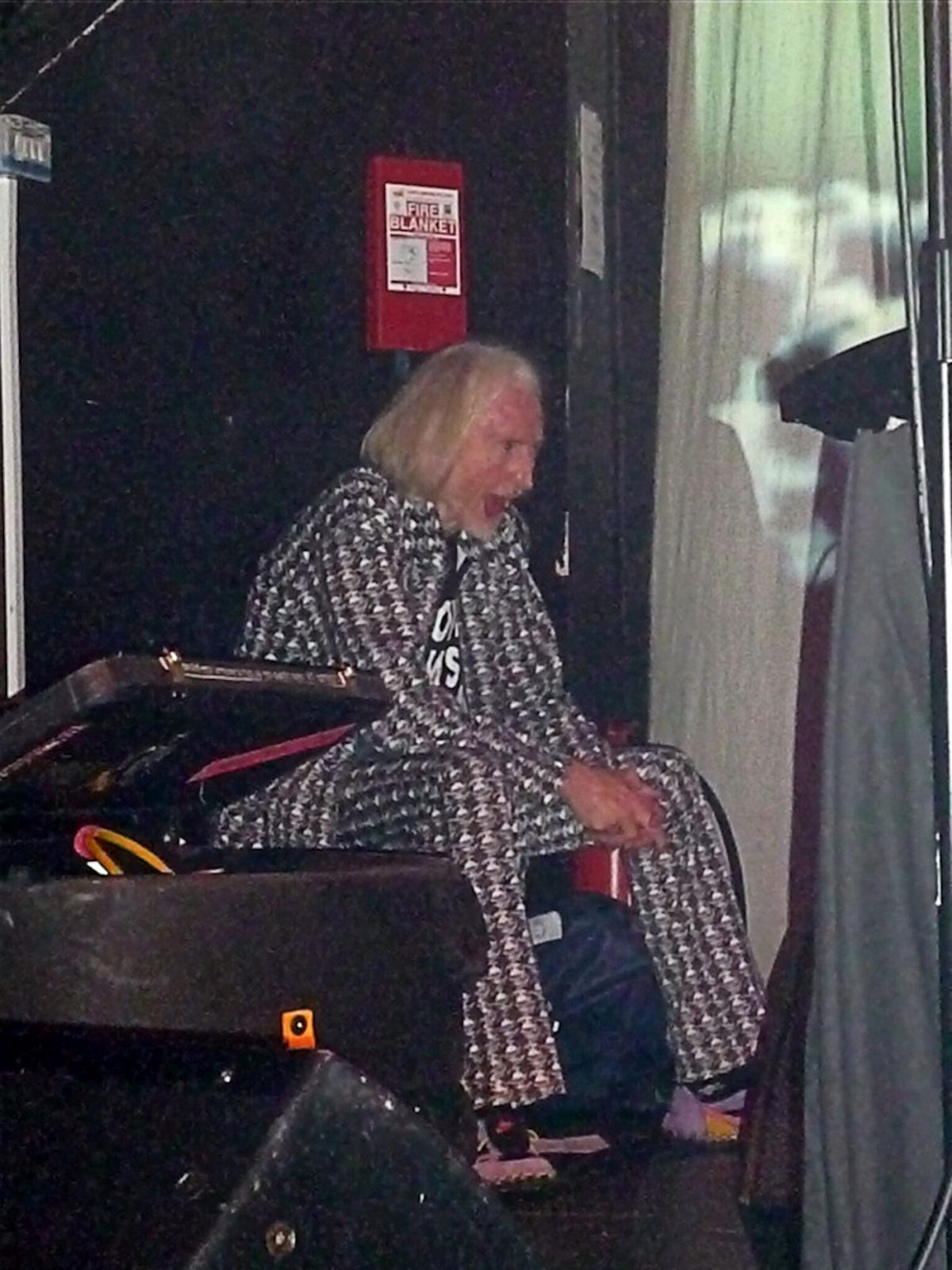
Daevid Allen – The Picture House, Edinburgh 2009.
Scott: When I was in primary school I used to watch Alice Cooper on Top Of The Pops and talk about it in the playground the day after so to be standing three feet in front of him with 12000 fans behind me felt quite special.
This photo of Lee “Scratch” Perry was taken the day after his 84th birthday and he delivered a killer two-hour set. Just as I was taking this photo he began to bend down to shake my hand so I had to juggle the camera with one hand while shaking his hand with the other.
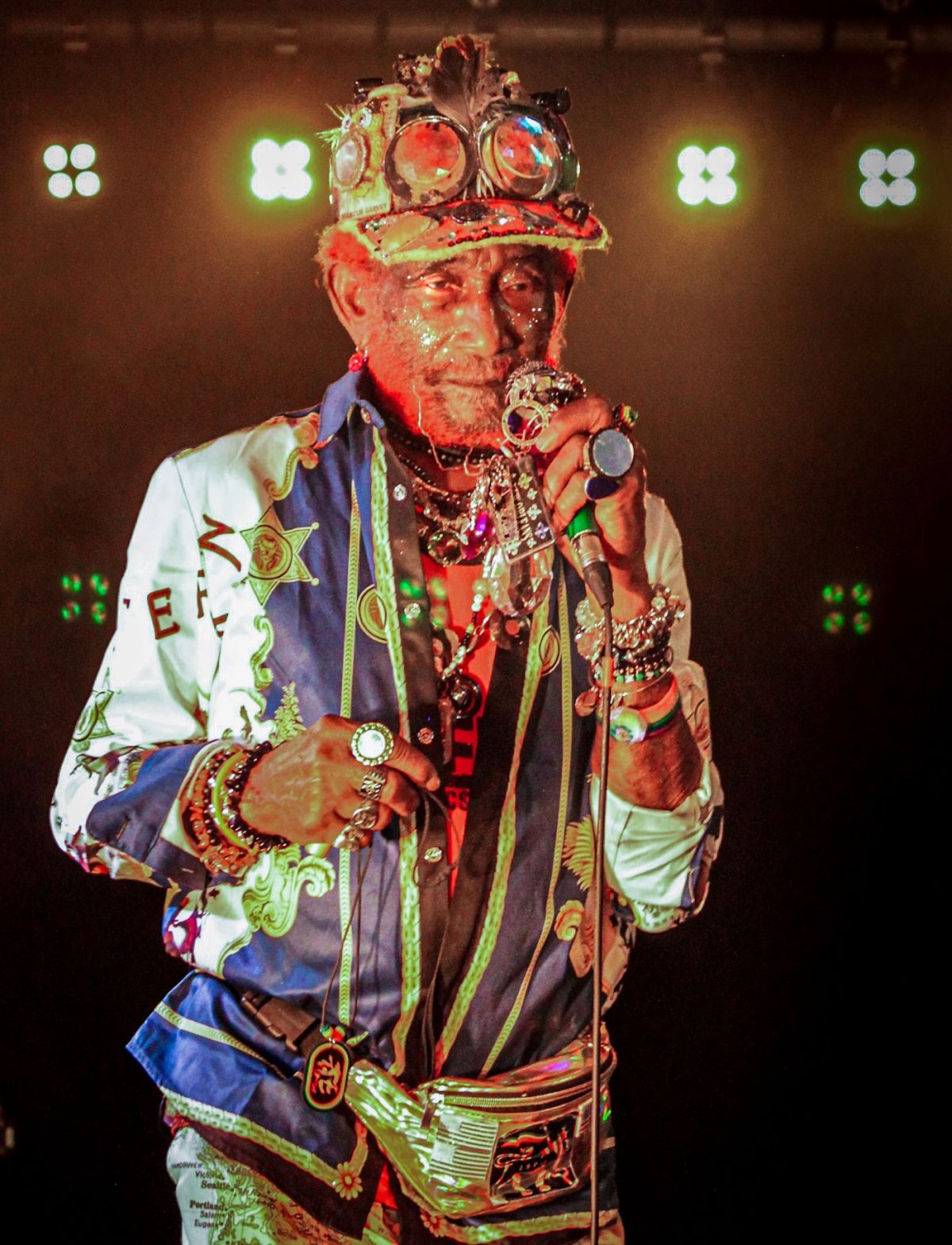
Lee Scratch Perry – Summerhall, Edinburgh 2019.
What are you working on now?
Scott: Although it wasn’t a conscious decision, I’ve been moving away from large gigs and doing more gigs in small clubs. In many ways it is more challenging but also more rewarding and certainly more fun. I also have an interest in street photography so I’d like to take my camera out in the daytime more often.
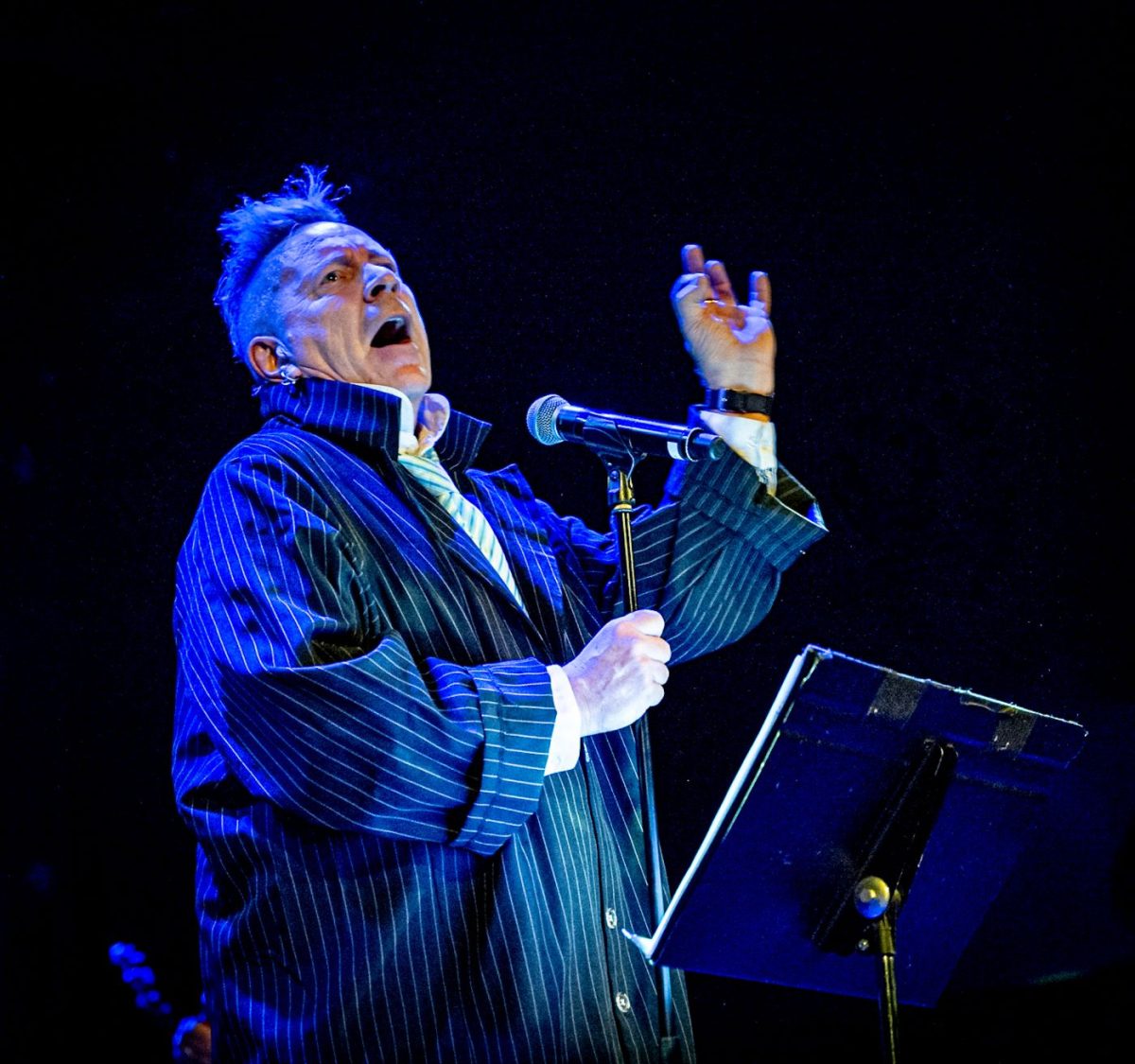
John Lydon – 02, Edinburgh 2023.
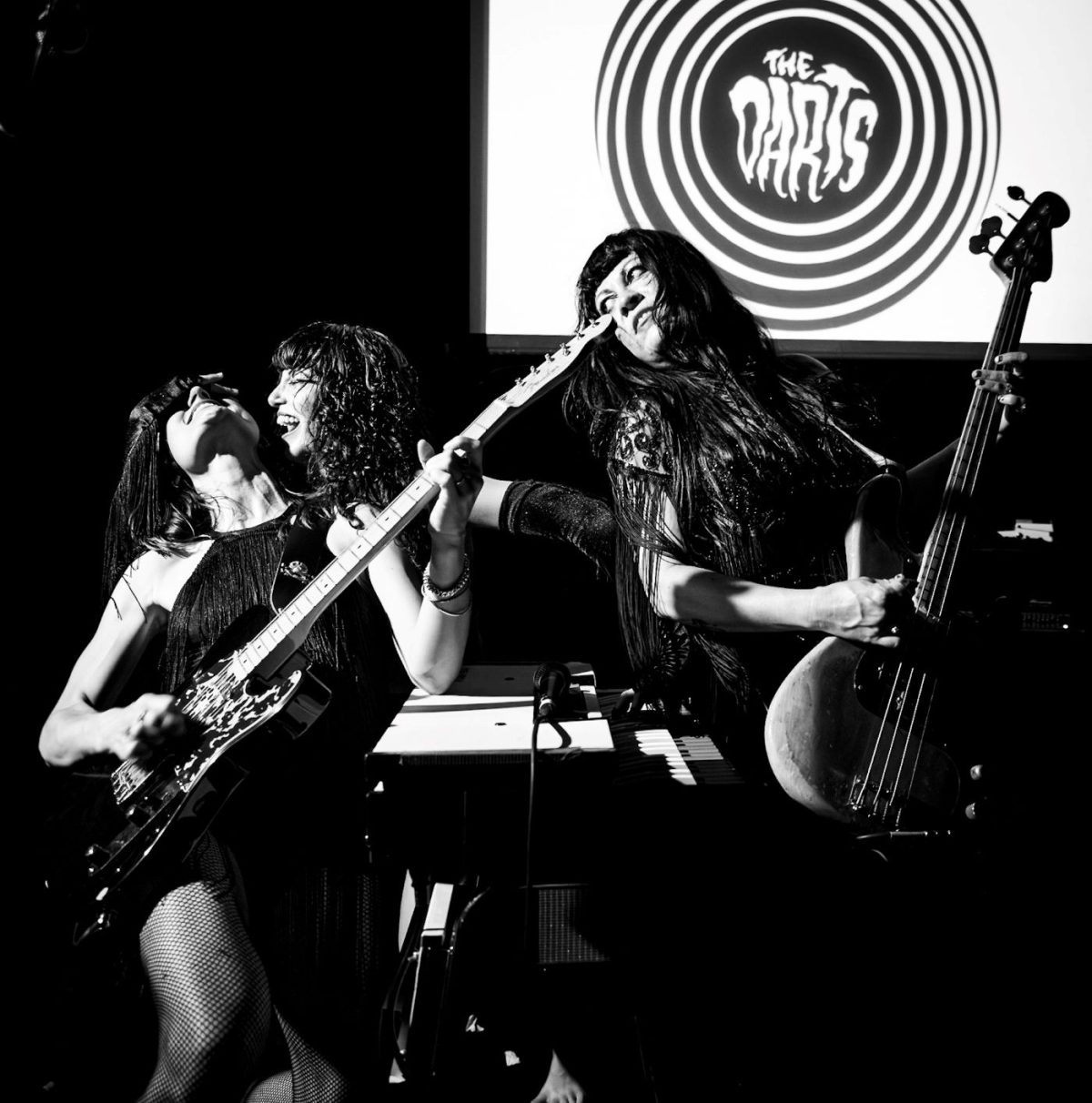
The Darts – The Voodoo Rooms, Edinburgh 2023.
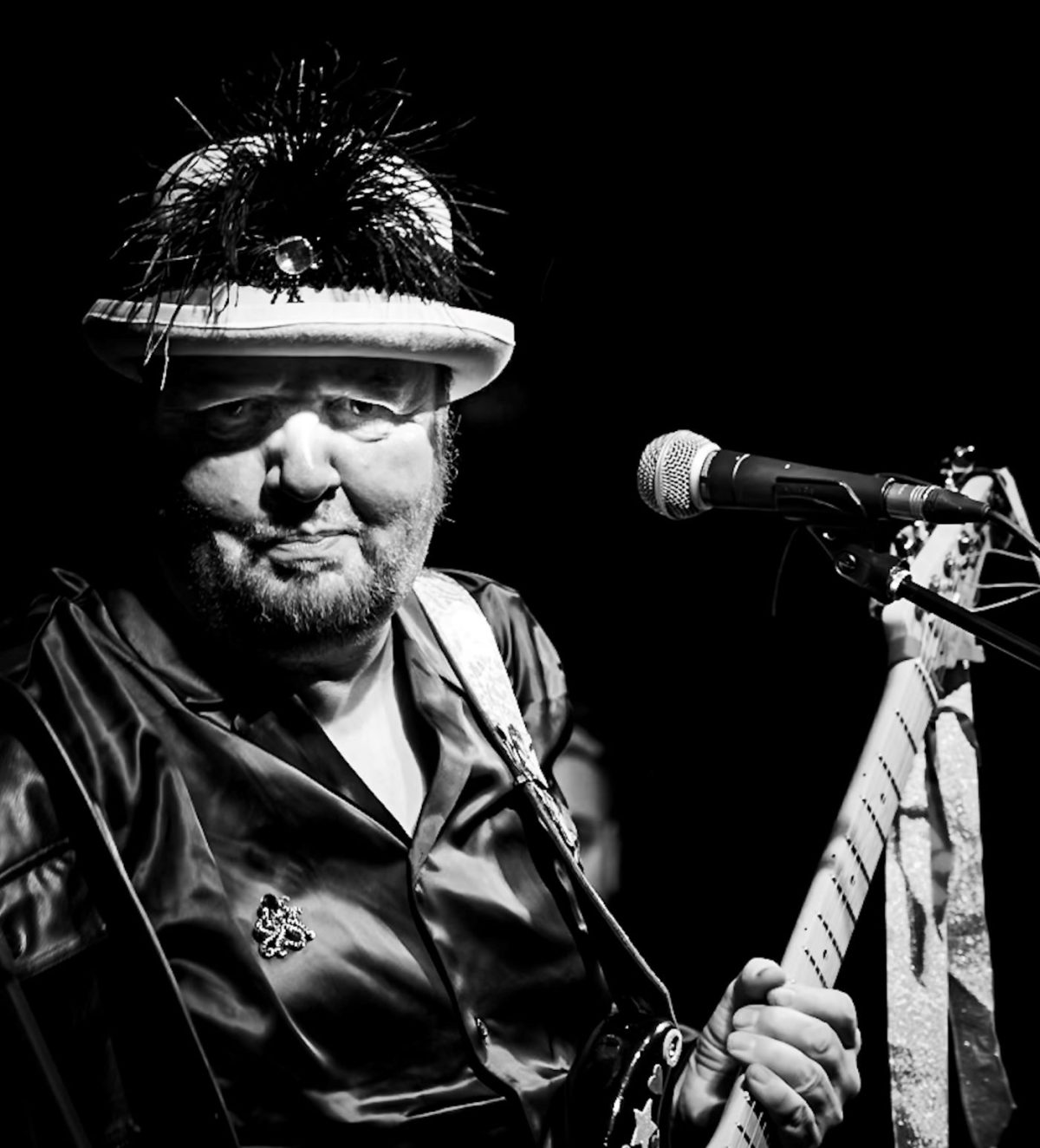
Pete Wylie – The Voodoo Rooms, Edinburgh 2024.
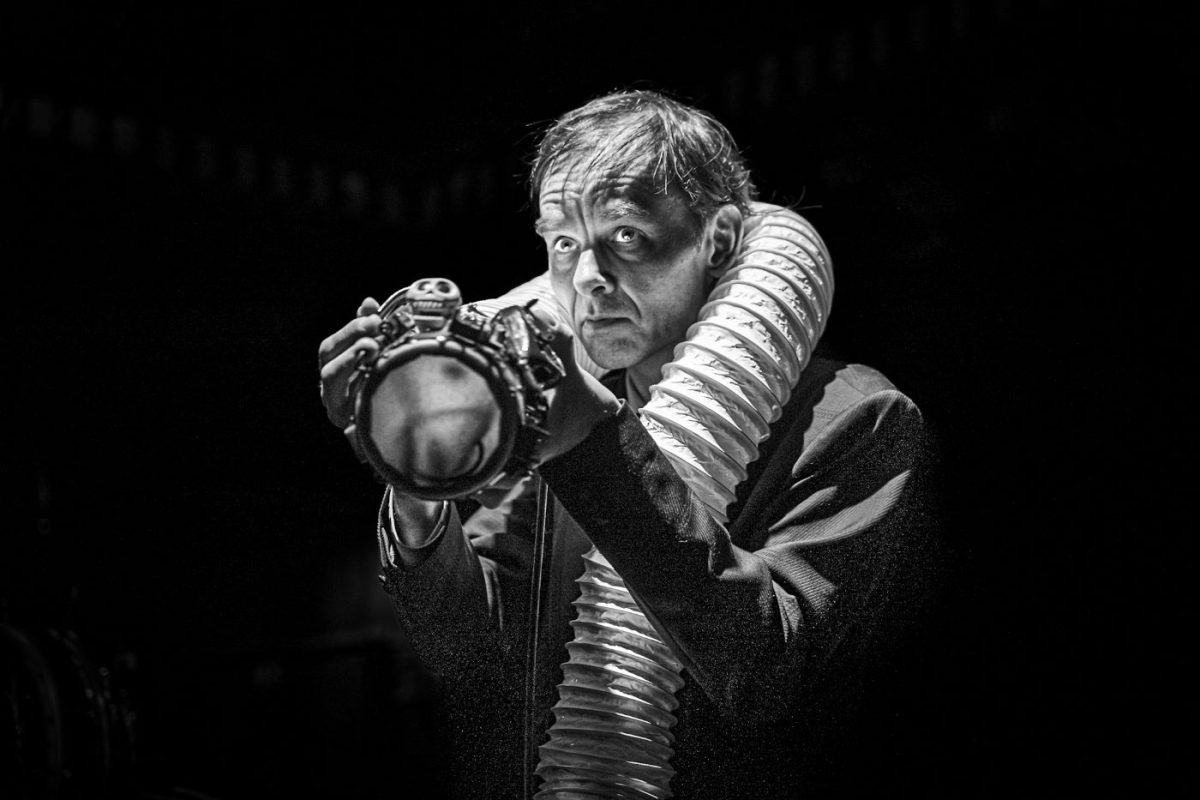
Thomas Truax – The Voodoo Rooms, Edinburgh 2023.
All photographs copyright John Scott, used by kind permission.
Would you like to support Flashbak?
Please consider making a donation to our site. We don't want to rely on ads to bring you the best of visual culture. You can also support us by signing up to our Mailing List. And you can also follow us on Facebook, Instagram and Twitter. For great art and culture delivered to your door, visit our shop.
